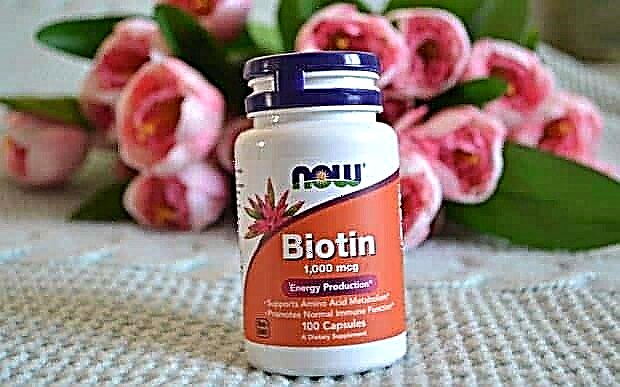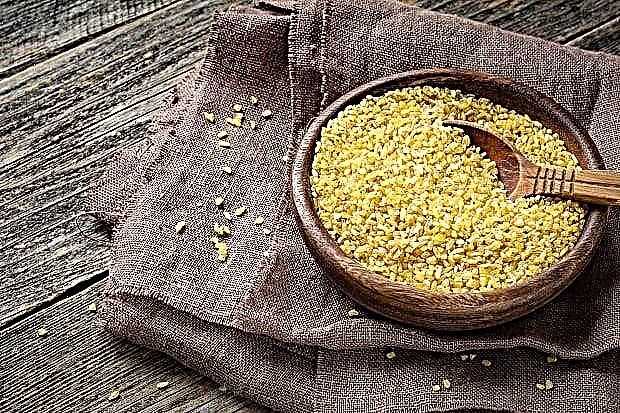There are no 100% healthy or absolutely harmful foods. This statement is fully applicable to sugar, which has both beneficial and harmful qualities. What are the health benefits and harms of sugar? Read about this in full detail in our article.
Types and properties of sugar
Sugar is a disaccharide made up of glucose and fructose. It is found in fruits, berries and fruits. The maximum amount of sucrose is found in sugar beets and cane, from which this food product is prepared.
In Russia, its own production of sugar from beets began only in 1809. Prior to that, from the beginning of the 18th century, the sugar chamber established by Peter I was in operation. She was responsible for purchasing sugar in other countries. Sugar has been known in Russia since the 11th century. The resulting granulated sugar is widely used in cooking, baking confectionery, canning, making sauces and many other dishes.
Cane sugar
This product is obtained from the stalks of a perennial plant - sugar cane. Extraction is carried out by crushing the stems of the plant into pieces and extracting the juice with water. The second method of extraction is diffusion from crushed raw materials. The resulting juice is purified with slaked lime, heated, subjected to evaporation and crystallization.
Beet sugar
This type of product is obtained in the same way as sugar from cane: by grinding beets and diffusing under the influence of hot water. The juice is cleaned from traces of pulp, filtered, and again cleaned with lime or carbonic acid. After the primary processing process, the molasses is separated from the resulting material. Further, the raw material is subjected to hot blanking. After cooling and drying, the product contains 99% sucrose.
Maple sugar
The basis for this product is sugar maple juice. For its extraction, deep holes are drilled in maples in the spring. Within three weeks, juice flows out of them, containing about 3% sucrose. Maple syrup is prepared from the juice, which residents of some countries (in particular, Canada) use as a complete substitute for cane sugar.
Palm sugar
The raw material for its extraction is sweet young shoots of palm trees. It is mined in Southeast and South Asia. To obtain sucrose, shoots of coconut trees are used, which are crushed and evaporated. This product is called coconut sugar. It contains 20% sucrose.
Grape sugar
Grape sugar is obtained from fresh grapes. Grapes are rich in sucrose and fructose. Sucrose is obtained from grape must passed through diatomaceous earth. As a result of this process, a transparent viscous liquid is released without a pronounced odor and foreign tastes. The sweet syrup goes well with any food. The product is sold both in liquid and powder form.
For those on a healthy diet, grape sugar is a nutritionally-recommended alternative to beet or cane sugar. However, this safe and environmentally friendly product should not be abused, especially by those who are losing weight.
Sorghum sugar
This product is not widely used, since the sap of the sorghum plant contains many mineral salts and gum-like substances that make it difficult to obtain pure sucrose. Sorghum is used as an alternative material for sucrose mining in arid regions.
Types by degree of refining
According to the degree of purification (refining), sugar is divided into:
- brown sugar (raw materials of varying degrees of purification);
- white (completely peeled).
Different degrees of refining determine the composition of the product. Comparison of the composition of the products is shown in the table. Having almost the same calorie content, they differ in the content of trace elements.
Characteristics | Refined white sugar from any raw material | Unrefined brown cane sugar (India) |
| Caloric content (kcal) | 399 | 397 |
| Carbohydrates (gr.) | 99,8 | 98 |
| Proteins (gr.) | 0 | 0,68 |
| Fat (gr.) | 0 | 1,03 |
| Calcium (mg.) | 3 | 62,5 |
| Magnesium (mg.) | – | 117 |
| Phosphorus (mg.) | – | 22 |
| Sodium (mg) | 1 | – |
| Zinc (mg.) | – | 0,56 |
| Iron (mg.) | – | 2 |
| Potassium (mg.) | – | 2 |
The table shows that the vitamin and mineral residue in brown sugar is higher than in refined white sugar. That is, brown sugar is generally healthier than white sugar.
Download a table of comparison of different types of sugar right here so that it is always at hand.
The benefits of sugar

Moderate consumption of sugar brings certain benefits to the body. In particular:
- Sweets are useful for diseases of the spleen, as well as for increased physical and mental stress.
- Sweet tea is served before blood donation (just before the procedure) to prevent loss of energy.
- Sugar stimulates blood circulation in the spinal cord and brain and prevents sclerotic changes.
- It is believed that arthritis and arthrosis are less common in those with a sweet tooth.
The beneficial properties of this product appear only with moderate use of the product.
How much sugar to consume per day without harm to the body?

The norm for an adult is 50 g per day. This amount includes not only sugar added to tea or coffee during the day, but also fructose and sucrose, obtained from fresh berries, fruits, and fruits.
A lot of sucrose is found in baked goods, confectionery and other foods. In order not to exceed the daily allowance, try to put less sugar in a mug of tea or drink tea without sugar at all.
Sugar harm

The harmful properties of this product are manifested when the daily consumption rate is regularly exceeded. Well-known facts: sweets spoil the figure, harm the tooth enamel, provoking the development of plaque on the teeth of caries.
| Factor | Influence |
| Increased insulin levels | On the one hand, higher insulin levels allow more food to be consumed. But if we recall the main mechanism of the insulin reaction "perforating cells", then we can note a negative reaction. In particular, the excessive insulin response, which is supported by sugar consumption, leads to increased catabolism and a decrease in anabolic processes. In addition, with insulin deficiency (which may not be associated with diabetes mellitus), the level of oxygen in the blood decreases due to its replacement by glucose molecules. |
| Fast saturation | The rapid satiety that occurs due to the increased calorie content quickly passes and makes the person feel hungry again. If it is not satisfied, catabolic reactions will begin, which will be directed not at breaking down fat, but at breaking down muscles. Remember, hunger is a bad companion for drying and losing weight. |
| High calorie content | Because of its rapid absorption, it is easy to exceed your sugar intake. In addition, the reference carbohydrate has the highest calorie content of all. Given that sugar is found in all baked goods (which is partly fat), it increases the transport of undigested fatty acids directly to the fat depot. |
| Dopamine stimulation | Dopamine stimulation from sugar consumption increases the load on the neuromuscular connection, which, with the constant use of sweets, negatively affects the performance in training. |
| High load on the liver | The liver is able to convert up to 100 g of glucose at the same time with the constant consumption of sugar. An increased load increases the risk of fatty cell degeneration. At best, you will experience such an unpleasant effect as a "sweet hangover." |
| High load on the pancreas | The constant use of sweet and white sugar constantly makes the pancreas work under stress, which leads to its rapid wear and tear. |
| Harm for fat burning | Eating fast carbs triggers many mechanisms that collectively stop fat burning entirely, making it impossible to consume sugar as a carbohydrate source on low-carb diets. |
Other negative properties
However, the negative qualities of sweets are not limited to this:
- Sucrose sharpens appetite, prompting overeating. Its excess disrupts lipid metabolism. Both of these factors lead to excess weight gain, provoke vascular atherosclerosis.
- Eating sweets increases blood glucose levels, which is extremely dangerous for people with diabetes.
- Sucrose "flushes" calcium from the bone tissue as it is used by the body to neutralize the effects of sugar (oxidation) in blood Ph values.
- The body's defenses against attacks by viruses and bacteria are reduced.
- Creation of favorable conditions for the multiplication of bacteria in case of infection with ENT organs.
- Sugar aggravates the stress state of the body. This is manifested in the "jamming" of stressful situations with sweets, which negatively affects not only the physical condition, but also on the psycho-emotional background.
- If you have a sweet tooth, less B vitamins are absorbed. This negatively affects the condition of the skin, hair, nails, and the work of the cardiovascular system.
- Scientists at the University of Bath (UK) have established a relationship between Alzheimer's disease and excessive sugar consumption. According to the study, an excess of glucose in the blood disrupts the synthesis of an enzyme that fights this degenerative disease. (source - Gazeta.ru)
What about brown sugar?
It is believed that brown unrefined sugar is not as harmful as white sand. In fact, it is not the product itself that is harmful, but the excess of its consumption rate. It is a mistake to believe that eating more than 50 grams of brown sugar will not harm your body. In addition, it is believed that most of the packs of brown sugar on the shelves of our supermarkets are colored refined sugar, which has nothing to do with the real brown cane product.
Conclusion
The benefits and harms of sugar for the human body are not associated with the product itself, but with the excess of the daily consumption rate. An excess of sugar, as well as a complete rejection of this product, equally negatively affect the functioning of systems and organs. Be careful with your diet to stay healthy until old age.









